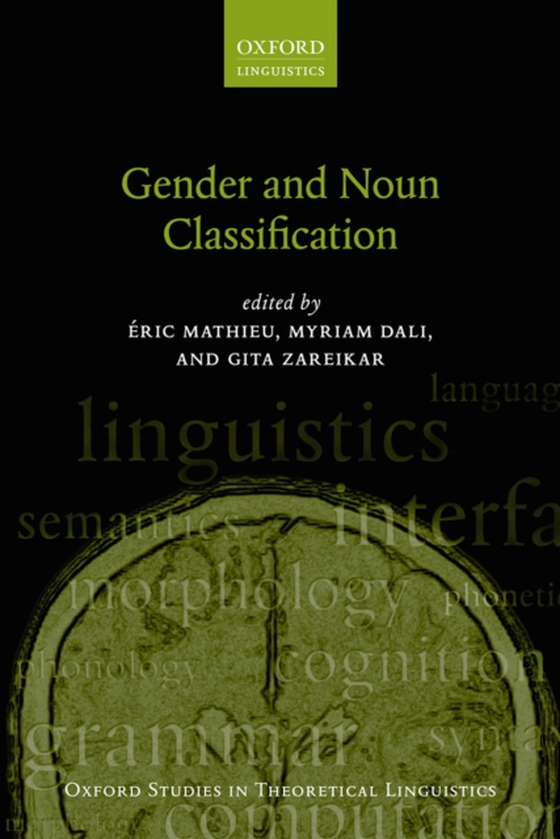
Gender and Noun Classification e-bog
366,80 DKK
(inkl. moms 458,50 DKK)
This volume explores the many ways by which natural languages categorize nouns into genders or classes. A noun may belong to a given class because of its logical or symbolic similarities with other nouns, because it shares a similar morphological form with other nouns, or simply through an arbitrary convention. The aim of this book is to establish which functional or lexical categories are resp...
E-bog
366,80 DKK
Forlag
OUP Oxford
Udgivet
1 november 2018
Længde
320 sider
Genrer
CFGA
Sprog
English
Format
pdf
Beskyttelse
LCP
ISBN
9780192563200
This volume explores the many ways by which natural languages categorize nouns into genders or classes. A noun may belong to a given class because of its logical or symbolic similarities with other nouns, because it shares a similar morphological form with other nouns, or simply through an arbitrary convention. The aim of this book is to establish which functional or lexical categories are responsible for this type of classification, especially along the nominalsyntactic spine. The book's contributors draw on data from a wide range of languages, including Amharic, French, Gitksan, Haro, Lithuanian, Japanese, Mi'kmaw, Persian, and Shona. Chapters examine where in the nominal structure gender is able to function as a classifying device, and how in the absence of gender, other functional elements in the nominal spine come to fill that gap. Other chapters focus on how gender participates in grammatical concord and agreement phenomena. The volume also discusses semanticagreement: hybrid agreement sometimes arises due to a distinction that grammars encode between natural gender on the one hand and grammatical gender on the other. The findings in the volume have significant implications for syntactic theory and theories of interpretation, and contribute to a greaterunderstanding of the interplay between inflection and derivation. The volume will be of interest to theoretical linguists and typologists from advanced undergraduate level upwards.
 Dansk
Dansk

